
Tetanus is an infectious disease caused by the bacterium Clostridium tetani. This bacterium produces neurotoxin which spreads along the nerves and finally leads to prolonged and uncontrollable muscle spasms. What needs to be known about the disease is that it may be fatal. Lethal outcome occurs mainly in elderly patients and in very small children. Still the disease can be avoided by regular vaccination. Tetanus is present in majority of developing countries affecting newborn babies, children and teenagers. There are even cases reported in the United States in people over the age of 50 who have been partially immunized or have not received a vaccine at all. If tetanus occurs, the form of disease is general and the toxin from the wound reaches specific nerves hence leading to affection of facial, jaw and neck muscles. It can prograde towards muscles of the extremities.
The disease develops after the injury. The wound can get infected with the spores of this bacterium. It grows in anaerobic conditions. The wound can be contaminated with soil, dust, or even animal feces. All of these must contain bacterium spores to cause the infection. The bacteria may even contaminate surface of burn injuries and syringes used by drug addicts.
The incubation period lasts from five days to fifteen weeks. Still the symptoms may occur even eight days after the exposure. In case of shorter incubation period tetanus tends to present severe symptoms. The leading symptom is stiffness of jaw muscles. This is called trismus and it looks like the jaw has been locked as it cannot open properly. This makes it difficult for a patient to swallow and eat. The muscles which are affected following the jaw muscles are those of the neck, then pectoral muscles and finally it may lead to rigidity of muscles of the extremities. Additional symptoms includes high body temperature and over sweating. What is specific about the disease is so called opistotonus. This is forced position of the body where head is leant back and all the muscles of the body are rigid so the patient is lying on the back but supporting him/herself on the heels and the back of the head. If muscular spasms affects respiratory muscles asphyxia may occur.
Apart from general tetanus there are other forms such as neonatal tetanus and local tetanus. Neonatal tetanus presents symptoms similar to those of general tetanus. Local tetanus features with prolonged contractions of muscles of the injured area without any further spread of the disease. Cephalic tetanus is rather rare and it occurs when ear infections are caused by vicious Clostridium tetani. In this case the neurotoxin affects intracranial nerves and leads to malfunction of mainly facial muscles.


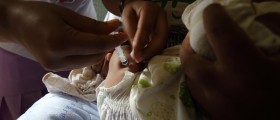



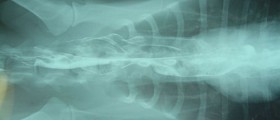
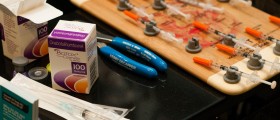

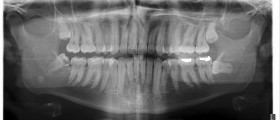
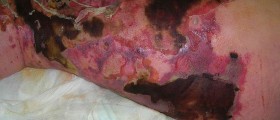
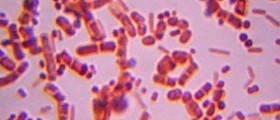
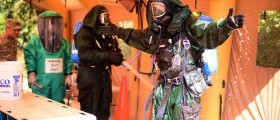




Your thoughts on this
Loading...